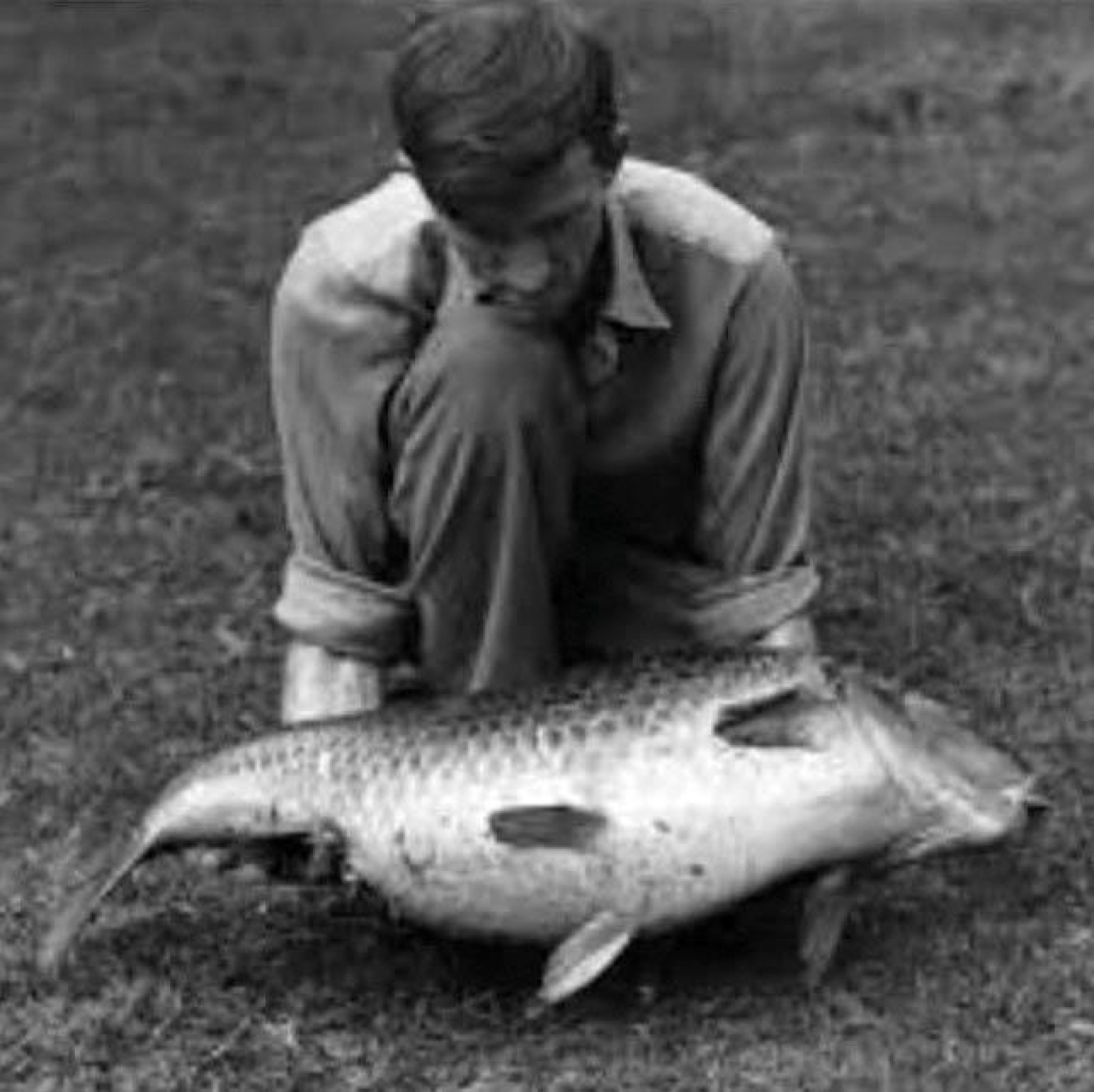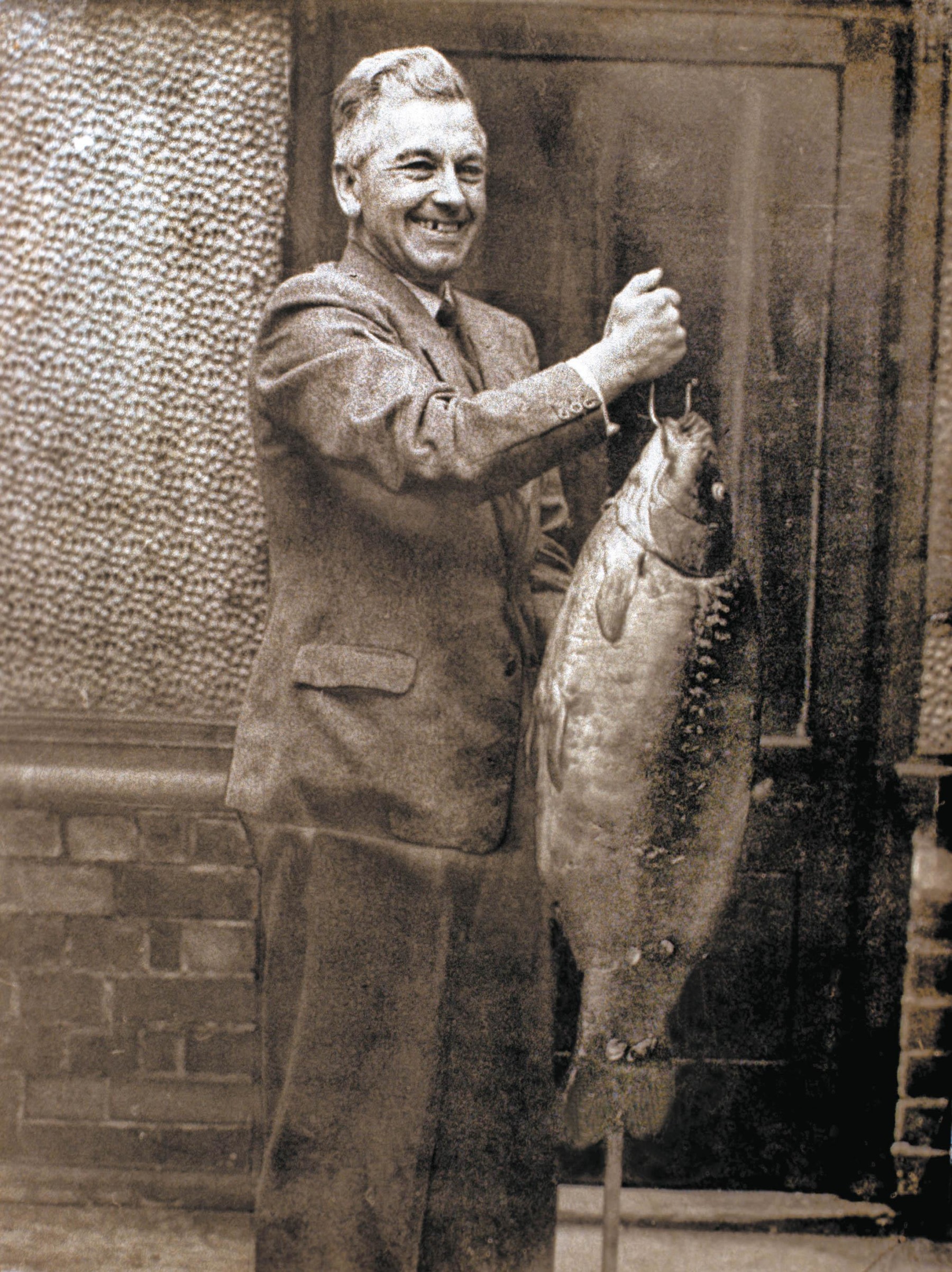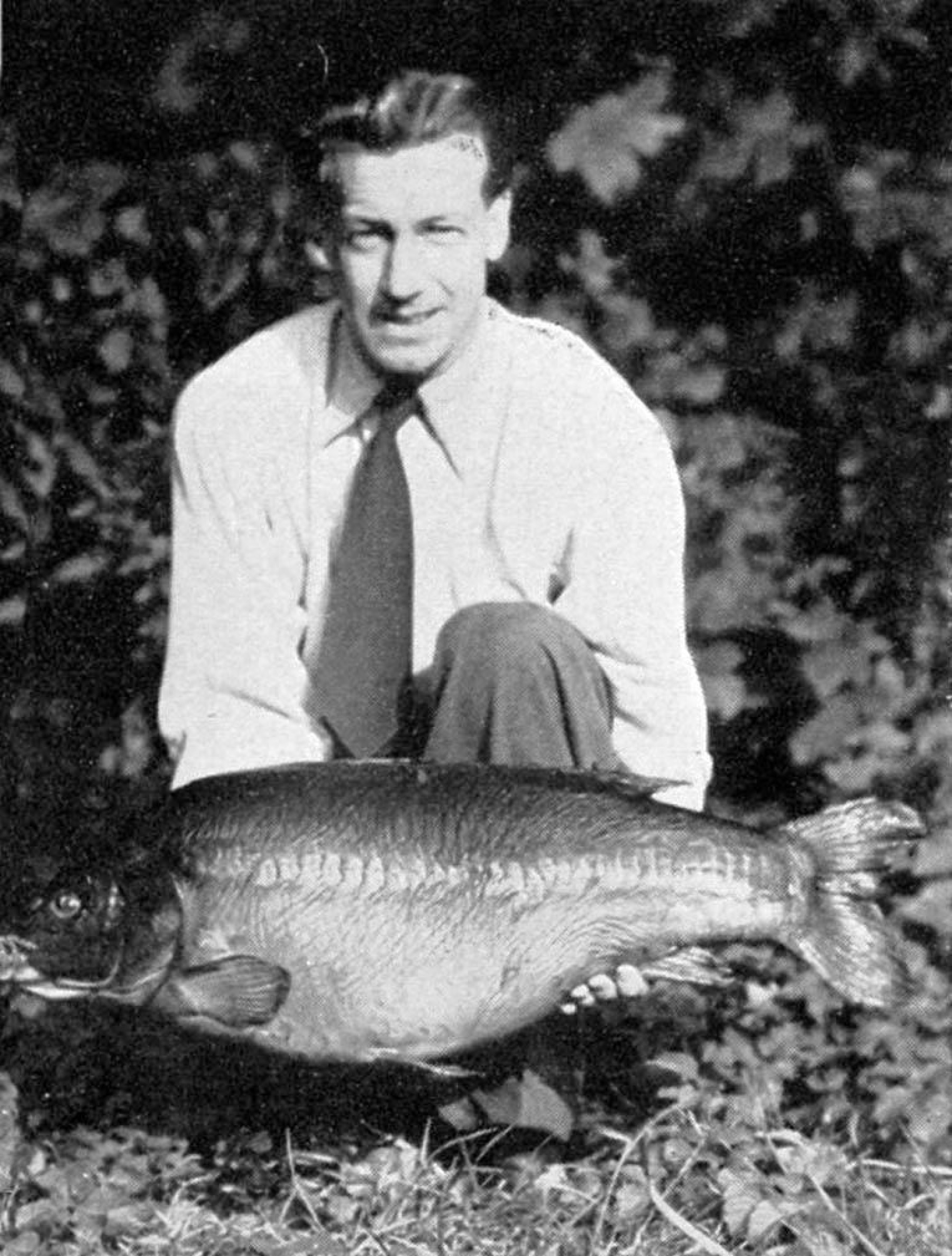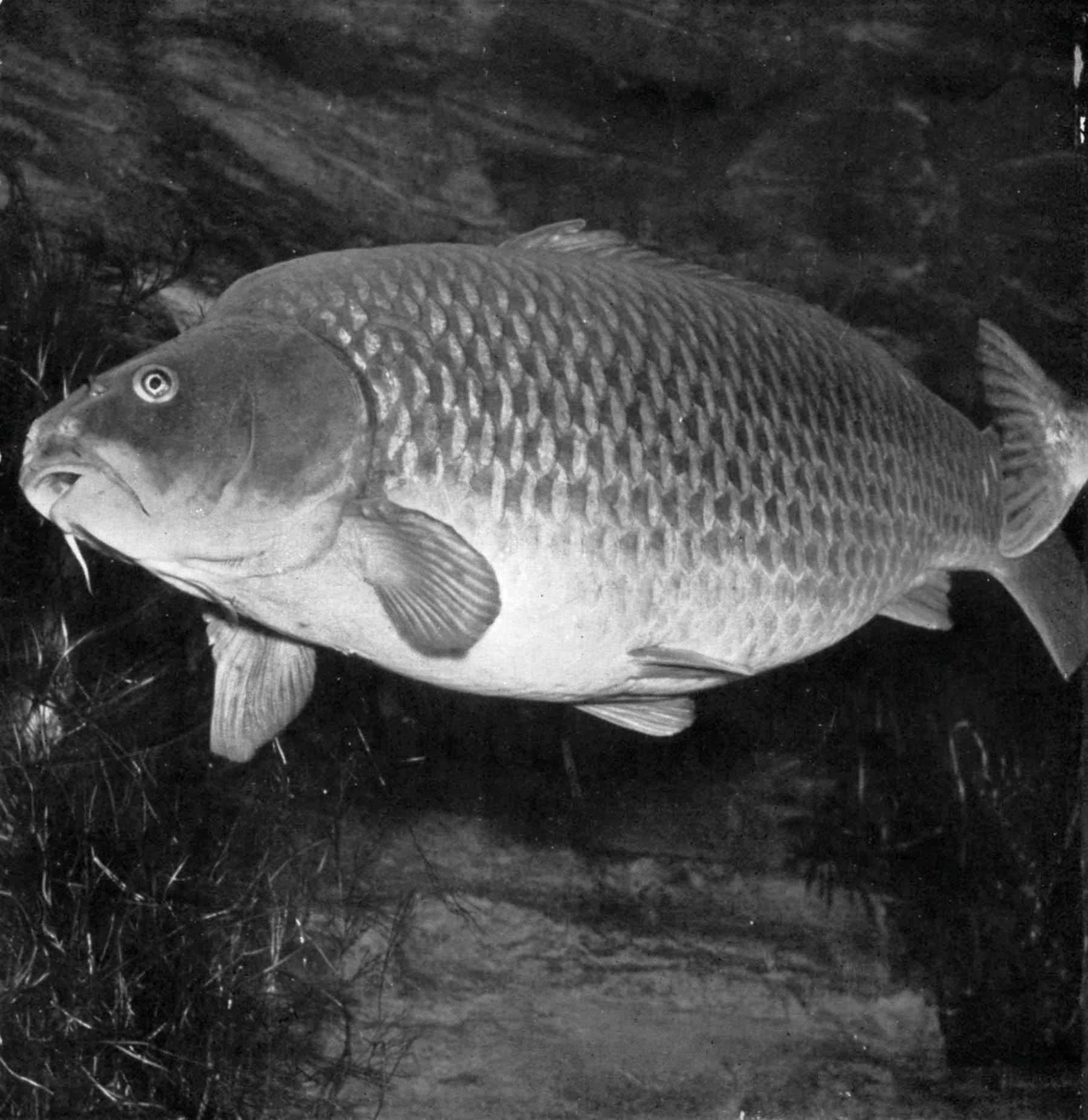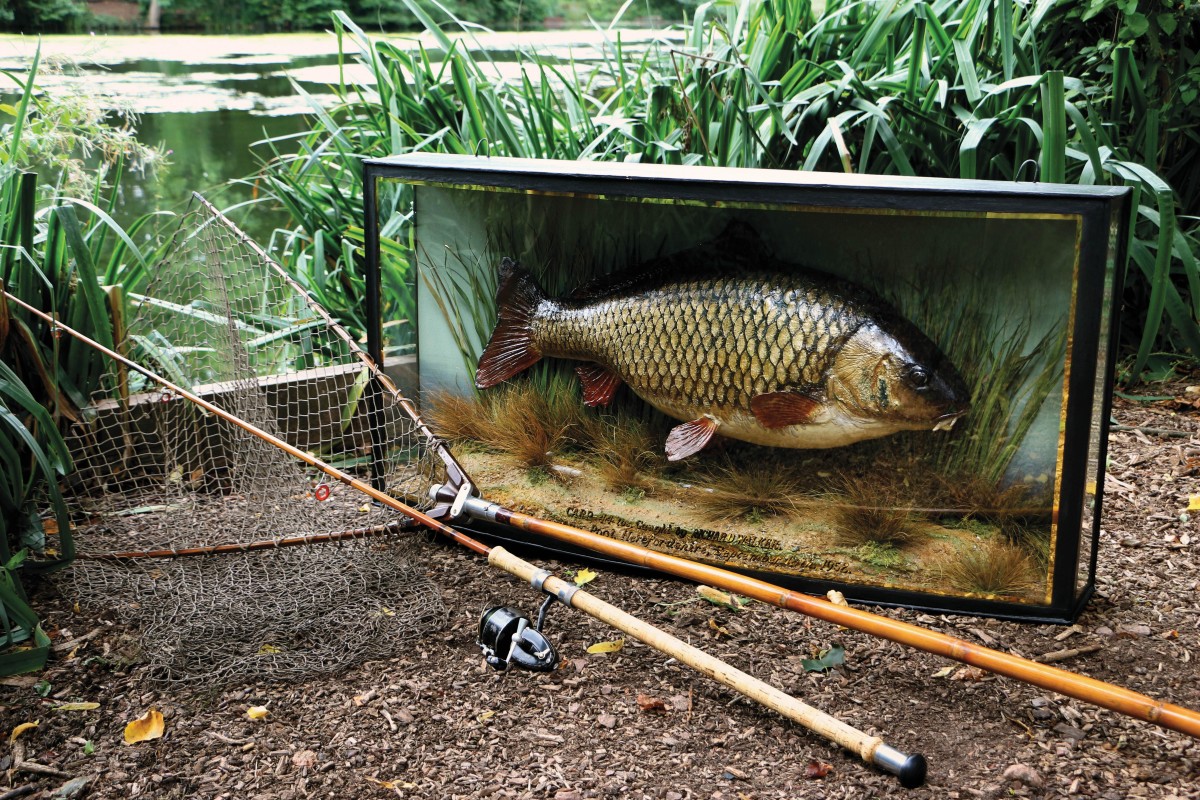
Clarrisa's Return
Exactly seventy years on, the most famous fish in carp-angling history returned to the exact scene of her groundbreaking capture, together with the very rod, reel and net that brought her to the bank. This was the first time Clarissa had been back to Redmire since that fateful day in 1952.
September 13, 2022, marked 70 years since the single-most significant event in carp-fishing history. At Redmire Pool—or Bernithan Pool, as it was then known—Richard Walker’s 44lb fish obliterated the previous record. But this new benchmark couldn’t simply be regarded in pounds and ounces, for here was also a hefty dose of fate, one that would carry a lot of weight for a very long time to come. On that historic day in 1952, a number of stars aligned perfectly, and it’s no exaggeration to say that this was the birth of modern carp fishing.
It would be impossible to overstate the impact Clarissa’s capture had. Seventy years on, our affection for her, and the interest the story still generates, is unbounded. The capture, and indeed the surrounding narrative, are well documented, yet still it fires our imagination like no other. At the time, her sheer scale defied common belief, but the significance goes much deeper than that. The fact that she had been caught at all, and by design, went entirely against accepted wisdom. The pursuit of carp was seen as folly. They were considered impossible to hook on anything other than light tackle, and consequently, were impossible to land.
Did people fish for carp before the 1950s? Well, of course they did, but mostly, their pursuit was considered an eccentricity rather than a specialism. At that time, coarse fishing was enjoying an unprecedented golden period. A rapidly growing pastime, national newspapers ran fishing competitions with prizes and fancy awards ceremonies at London hotels, yet dedicated carp anglers were few and far between. Albert Buckley’s 26lb Mapperley record had stood for over 20 years. Carp were considered uncatchable, near-mythical monsters. Then, two record captures within 11 months of one another, and both from the same small estate pool, heralded a change. The first was groundbreaking enough, but with the second, something incredible happened. The shockwave was as profound as it was enduring. We still feel the ripples now. It changed angling forever, and it thrust carp fishing forward from being regarded as obscure and for only a seemingly insignificant collective of eccentrics, to the angling powerhouse we know today.
One summer’s day at Woldale, Richard Walker, Denys Watkins-Pitchford (‘BB’) and Maurice Ingham came up with the idea of forming a specialist group dedicated to carp fishing. Initially numbering six members (later, a lofty twelve!), they set about studying carp, their behaviours and how one might go about successfully and regularly putting them on the bank. The Carp Catchers’ Club was born.
Standing alone in terms of collective carp-fishing knowledge, nothing of its kind had existed before. Long before the internet and the convenience of online forums, they communicated via rotary letters, taking turns to add their notes and observations before posting them, and the entire previous correspondence to the next member. The recipient, in turn, would then review, contribute and pass on the letter, and so on. In a period spanning seven years, this collection of over eighty extensive and detailed letters, with many running to over half a dozen pages and complete with detailed diagrams, maps and photographs, formed the first consolidated peer-to-peer study of carp and how best to catch them.
Richard Walker, Maurice Ingham, BB, John Norman, Jack Smith and Harry Grief comprised the original six. Bob Richards was elected shortly afterwards, followed by Dick Walker’s lifelong close friend and angling companion, Pete Thomas. Pete was to play a vital (and painful!) role in the landing of Clarissa. Then followed Bernard Venables, Gerry Berth-Jones, Dick Kefford and Fred J. Taylor.
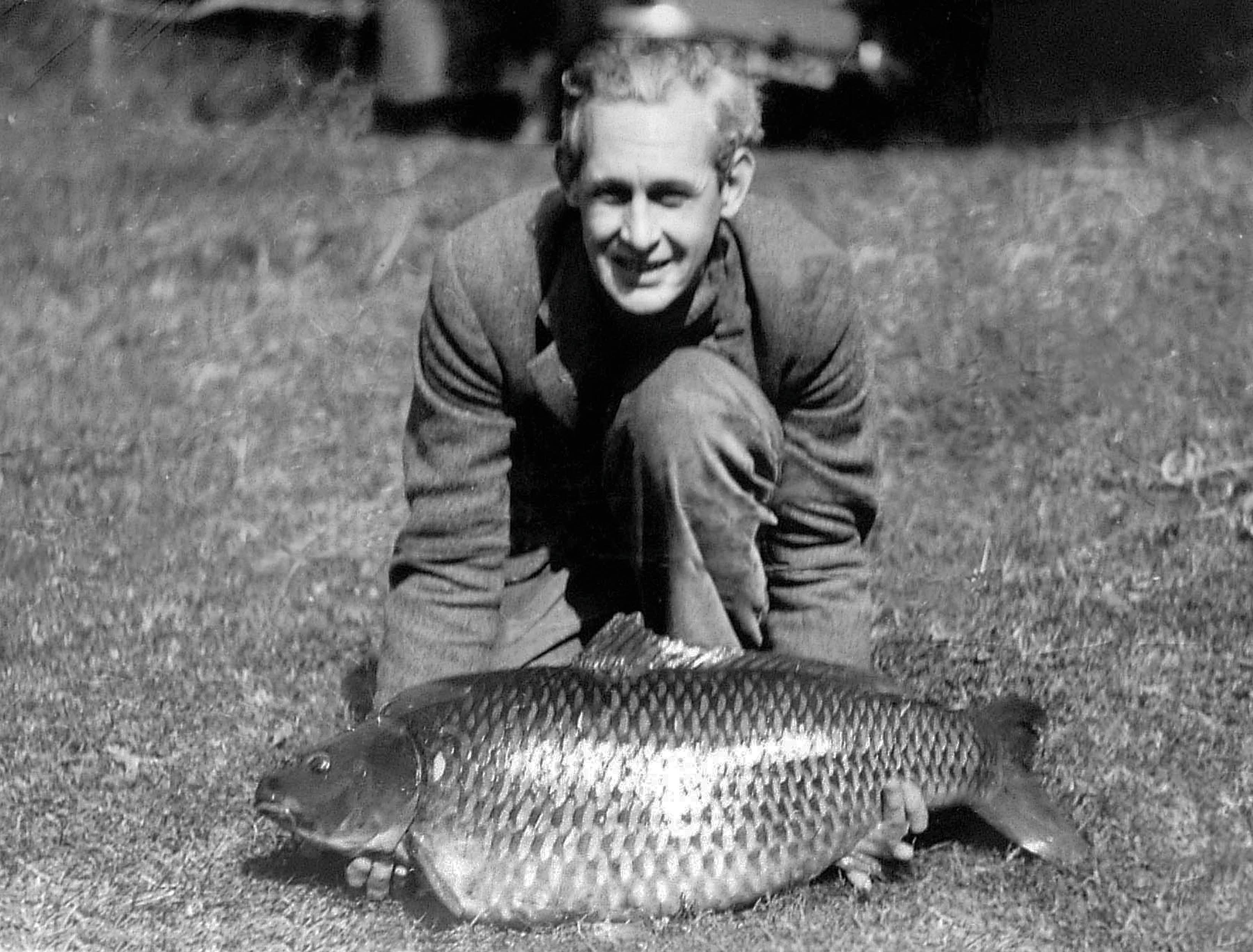
The Carp Catchers’ Club was born … and nothing of its kind had existed before.
Bob Richards came to the attention of the Carp Catchers’ Club and the angling community at large in October 1951. Having come across a small lake situated at Bernithan Court near Ross-on-Wye, he landed a new record carp of 31lb 4oz. The capture was widely covered in the national press—imagine that now! In the Daily Mirror, Bernard Venables wrote, ‘They didn’t think such a giant existed!’ and it certainly defied all common belief. Charles Tate Regan, respected senior ichthyologist at the Natural History Museum, had stated that carp would not grow bigger than 25lb. This myth was later dispelled by Albert Buckley’s 26lb Mapperley mirror (albeit by such a small margin, and cynics might have said that the record’s lengthy duration proved Regan’s theory). By surpassing the 30lb barrier, however, Richards’ capture grabbed the attention not only of the angling fraternity, but also the wider general public, and of course, the Carp Catchers’ Club, who duly brought him into the fold.
Bob Richards had gained permission to fish Bernithan Court via the then owner, Mrs E Barnardiston, OBE. By unfortunate fate, the estate was due to change hands the following spring, in 1952. This may have brought about a drastic change of course for carp fishing, but the well-connected Dick Kefford proved vital in securing a visit to Bernithan by Richard Walker and Pete Thomas during the summer of the same year, and it was then that new fishing rights were agreed with the new owner, John Francis Maclean, solely for members of the Carp Catchers’ Club. Astonishingly, no money changed hands, although Richard Walker, in return, made one of his MK IV Carp rods for Mr Maclean. (That very rod recently changed hands for a considerable sum of money.) With secrecy in mind, the pool was renamed. BB suggested ‘Redmire’, a name that was to become carp-fishing legend.
During the summer of 1952, members of the Carp Catchers’ Club visited the pool on a number of occasions, the most notable catches being a 28lb 10oz fish by Pete Thomas, and one of 24lb 12oz by Maurice Ingham, both mirrors. Hardly legendary, I hear the young ’uns cry. Bear in mind, though, that in those days a double was a good catch, a twenty a huge achievement, and the new record—it was less than a year old—was only 31lb 4oz. Pete Thomas’s 28lb 10oz fish was the second-biggest carp ever caught in this country! Yet afterwards, Walker described it—in the context of Redmire—as ‘one of the medium-sized carp… we saw several others every bit of 10lb heavier than that.’
The stars were beginning to align. What happened next changed everything, and carp fishing has been on an upward trajectory ever since.
The thought of forty-pounders must have been immutable to Walker and Thomas as they made their way to the pool on September 12, but by the following morning, their beliefs were irrefutably realised. Shortly before the trip, Walker had written in Angling News, ‘If anyone asks me whether a carp over 40lb exists in Britain, my answer would be yes.’
This comment was met with a mixture of scorn and ridicule, one commentator responding, ‘Walker is straining our credulity beyond any reasonable bounds.’ In an interesting twist, the following edition was to report Walker’s new record, and some of the doubters’ letters were published in the same edition. Stick that in yer pipe and smoke it… a decisive middle finger to the cynics if ever there was one!
The story of the capture itself has been told many times, yet its intrigue remains undiminished. This was more than just a record, it was the start of carp fishing proper, propelling this little practised sector of our sport from obscurity to the very front line of angling. How it all came about was down to a combination of factors: an almost astrological alignment, a heady cocktail of luck and good timing, the right people in the right place at the right time, an obliging landowner, and the presence of one of our greatest angling minds, an angler who also happened to be a respected angling columnist and very capable engineer with a highly analytical, inventive mindset.
It really is no exaggeration to say that Clarissa heralded the start of it. She was the crystallisation, both the end result and the very beginning. Everything came together: the formation of the Carp Catchers’ Club, the discovery of Redmire Pool and the biblical scale of its inhabitants, the open-minded and methodical approach of Walker and his companions, and the capture itself… this was the advent of carp fishing as we know it. Likely, something else would have happened at some point, but with this level of synchronicity…? Here we had the greatest all-round angler of his time and a respected angling columnist, spearheading the first specialist carp-fishing study group that gained access to a small estate lake holding fish of unprecedented proportions. In terms of fate and timing, you couldn’t dream it better.
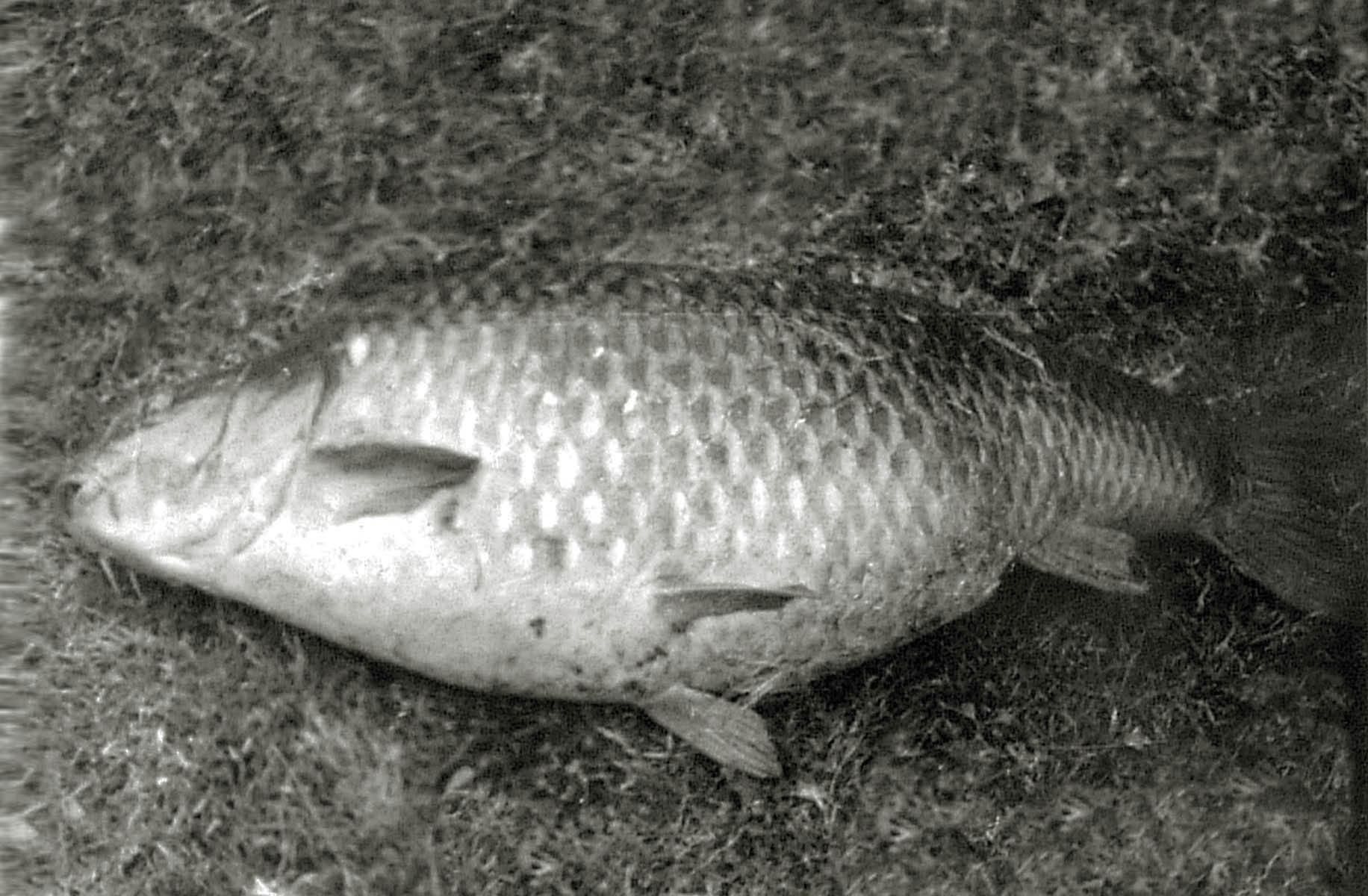
Likely something else would have happened at some point, but with this level of synchronicity…?
For the first time, this was truly successful carp fishing by innovation and design, on a rod that was the first of its kind, created specifically for that purpose by the captor, made by his own hands in his garden workshop and hewn from a single piece of cane. The product of trial and error spanning three previous versions culminated in the MK IV carp rod. This wasn’t just proof that carp could be successfully pursued and landed, it was the start of a fishing revolution.
Richard Walker’s MK IV became the blueprint for all carp rods made between 1952 and the late 1960s. The B James version alone sold over 15,000 examples, and all the other rod builders built their own imitations, most carrying the MK IV name in one form or another. From then until at least the late sixties, if you wanted a carp rod, you asked for a MK IV, and good examples still exchange hands regularly today. In fact, the last few years have seen a resurgence of interest in cane.
Then there’s the net. Big landing nets were rare, heavy and cumbersome, and manufactured mainly for game fishing, where generally, one had the luxury of a ghillie on hand to hold it for you. Besides, many fish larger than a few pounds would be gaffed, their destiny either the table or the taxidermist, or worse still, the compost heap.
When Bob Richards caught his record the previous year, he gaffed it, put it in a sack and took it home… 25 miles on the workmen’s bus from Llangarron to Gloucester—I bet no one sat near him! As it happens, that one escaped composting, instead languishing on Bob’s coal heap until Walker offered to set it up. Maybe the nauseating process of stuffing a half-rotten carp put Walker off ever doing it again, but for whatever the reason, he favoured ‘carp care’ from then on, ditching the gaff and designing a big-fish landing net suitable for single-handed use. The familiar ‘V’ configuration with the spreader block and a string along the front? That’s Walker’s design. The bite alarm? He designed that, too.
The antennae-style alarm, the Heron (think along the lines of the very first Delkim), was based on a Walker design. Those he and Pete Thomas used that night were of a different design, however. Still devised by Walker, they used a contact alarm dubbed ‘Bedlam’ by John Norman—presumably for obvious reasons. Critically balanced baits? Well, Clarissa was caught on balanced crust, set to sit just above the weed. Again, this was a new idea of Walker’s at the time, and one circulated via the Carp Catchers’ Club letters—the original wafter, perhaps.
For the first time, this was truly successful carp fishing by innovation and design. If the Carp Catchers’ Club was the original royal family of carp fishing, then Richard Walker must be its godfather.
The fish, the rod and the purpose behind it all contributed to a truly groundbreaking event, and Walker, being the recognised and well-connected angling figure that he was, was more able than most to make sure that it didn’t go unnoticed. At that time, for a record to become official it had to be presented physically to the British Record Fish Committee. In short, this meant killing the fish, an accepted practice then. Walker, however, was not prepared to do so, yet neither was he prepared to allow the new record to go unrecognised.
With the fish sacked, after hours of deliberation he decided to call London Zoo in the hope they would exhibit the fish in their aquarium. Initially, his call was met with some disbelief.
“Do you want a 40lb carp?” said Walker.
“We’ve already got a 14lb carp,” came the reply.
“Not a 14lb carp, a 40lb carp!” said Walker.
Eventually they capitulated, and sent a driver to Bernithan, still half-believing it all to be a prank. Walker had been unable to ascertain an accurate weight on the bank, as he and fellow angler Pete’s scales went to just 30lb. By using two sets of scales together, however, they estimated it at around 41lb 8oz. On arrival at London Zoo she was officially recorded at 44lb exactly, weighed on certified scales as witnessed not only by zoo officials, but also by a Weights and Measures inspector, as arranged by Ken Sutton, angling journalist and later of the Angling Times.
At the time, Walker was concerned that the official weight may have included the wet sack, but that was later confirmed not to be the case. Considering her ordeal, her weight when landed was most likely over 44lb. We’ll never know, and it doesn’t really matter, as the previous record of 31lb 4oz had been smashed by a distance. The new record would stand for an astonishing 27 years 9 months, and carp fishing would never look the same again.
